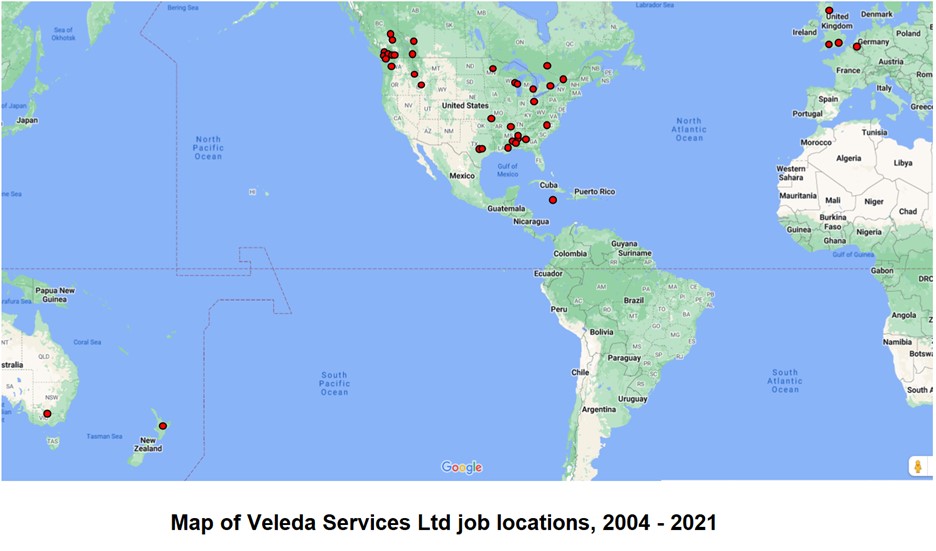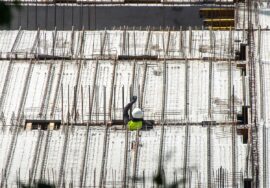“Planning and scheduling” is usually a phrase that’s spoken with one breath as if its just one activity, as in “We need to improve planning-and-scheduling”.
Planning and scheduling are very different functions, done at different times, requiring different skills and with very different objectives.
Planning is the process of receiving a problem (“The roof’s leaking”), deciding what to do about it (“Replace the roof tiles”) and how to get that job done. The key skill is communicating to the tradespeople who will do the work exactly what is to be done, where the necessary materials, tools, equipment and instructions are located and how long it is expected the job will take.
If (and only if) the person planning the job (who does not need to be called a “Planner”) has very detailed knowledge of the equipment, the problem to be addressed and the trades skills required to do the entire job, then he (or she) can plan the entire job alone and issue the instructions for the tradespeople (the “work order package”).
For an experienced and knowledgeable planner, planning is straightforward and planning a single job can be independent of any other maintenance activity.
Planning is a function that is required for any job to be done. Someone, often a tradesperson, first diagnoses a problem, decides what to do, “plans” the work and then does it. However, for most maintenance work it is much more cost effective for the planning and execution phases to be separated, so that the tradespeople can devote their time to the work which only they have the skills and responsibility to do.
One note about deciding what needs to be done. This is a normal planning step, however if the problem is complex, then the “planner” should get help and not become a problem-solver at the expense of the planning function (See “What is the ‘root cause’ of equipment failures?“ ).
For more on the planning function, see “Detailed planning – ‘thinking through’ the job“ .
Scheduling is a very different function. Scheduling involves understanding the importance and scope of many different, usually independent maintenance jobs and deciding when each will be done and by whom so that the most important jobs are done first and all are done efficiently.
Scheduling involves a lot of people, in particular the Maintenance and Operations supervisors who have the final responsibility for all maintenance work.
To schedule well, the person with the scheduling function needs to know:
– the relative importance of all work orders
– the scope of all work orders
– the status of all work orders (e.g. is the material here yet?)
– how all work orders interact (e.g. what work orders in the backlog can share this scaffolding, isolation procedure, rental crane, etc?)
– the operating schedule (for access to the equipment, if it needs to be shut down)
– the current state of the operation
– the availability of the people who will do the work
– the skills and limitations of the people who will do the work
– the availability of special tools and equipment
– many other factors, such as the weather and conflicting schedules for training, vacations, etc, etc.
Taking all these factors into consideration and building a good work schedule is no small feat. Add to this that maintenance work schedules, by their very nature, change rapidly and its easy to see that the scheduling function can, and should, take a significant amount of time each day.
Scheduling is often assigned to the Maintenance Supervisor. However, because this position is responsible for day-to-day maintenance work it is sometimes difficult to put aside the time required to prepare a detailed work schedule. Scheduling can also be assigned to a Planner, and this has the advantage that the Planner has (or should have) the best knowledge of what’s in the backlog and its status.
The assignment of tradespeople to work orders should always be a Supervisor’s responsibility, so if a Planner (or other position) prepares a schedule it should be in close cooperation with the Supervisor, and should have his/her final approval.
Some organizations have a “Scheduler” position, but unless this person is in very close contact with the Supervisor and Planner, it will be difficult to stay current with the status of all operating and maintenance activities in the area. And although time must be dedicated to scheduling to do it well, in Maintenance it is not a full-time job.
For more, see “Scheduling – Why is it so difficult?“ .
To return to the Articles index click here.
© Veleda Services Ltd
Don Armstrong, P.Eng, President
don.armstrong@veleda.ca
250-655-8267 Pacific Time
Canada








